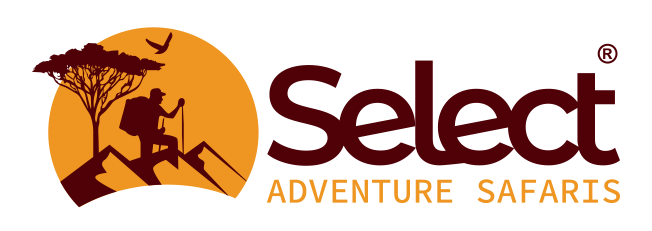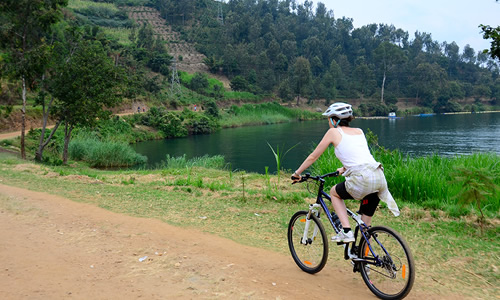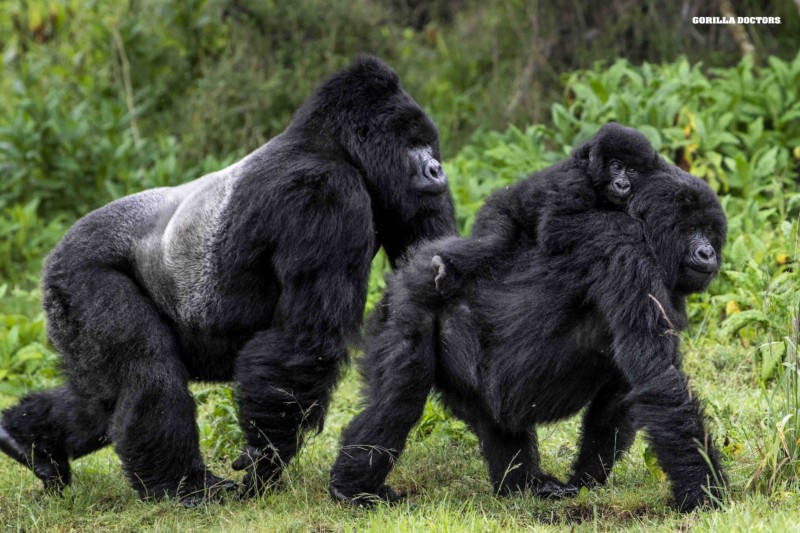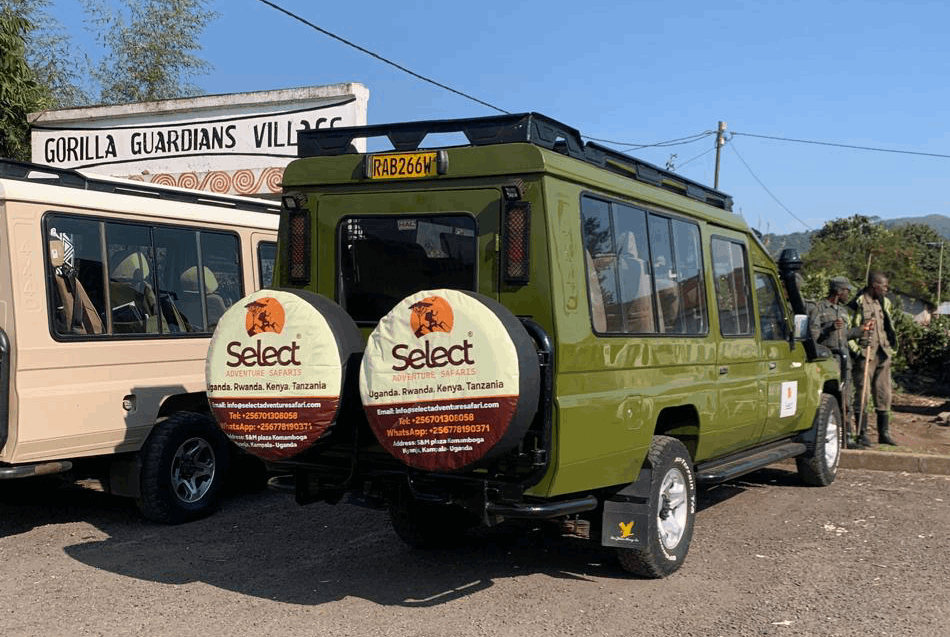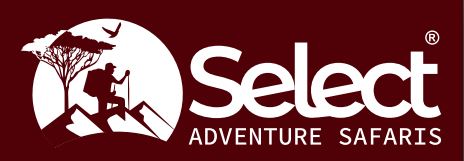Mount Kilimanjaro
Mount Kilimanjaro : The 5895-meter-tall Kilimanjaro in Tanzania, the highest peak in Africa, is the world’s tallest freestanding mountain and dominates the landscape unlike any other mountain. Kilimanjaro is a formidable endeavor that is completely doable for the adventurous traveler or ardent walker seeking something new. You will ascend Kilimanjaro in a matter of days from the hot African plains via grasslands, tropical rain forests, alpine meadows, moorlands, and desert uplands onto snow and ice.
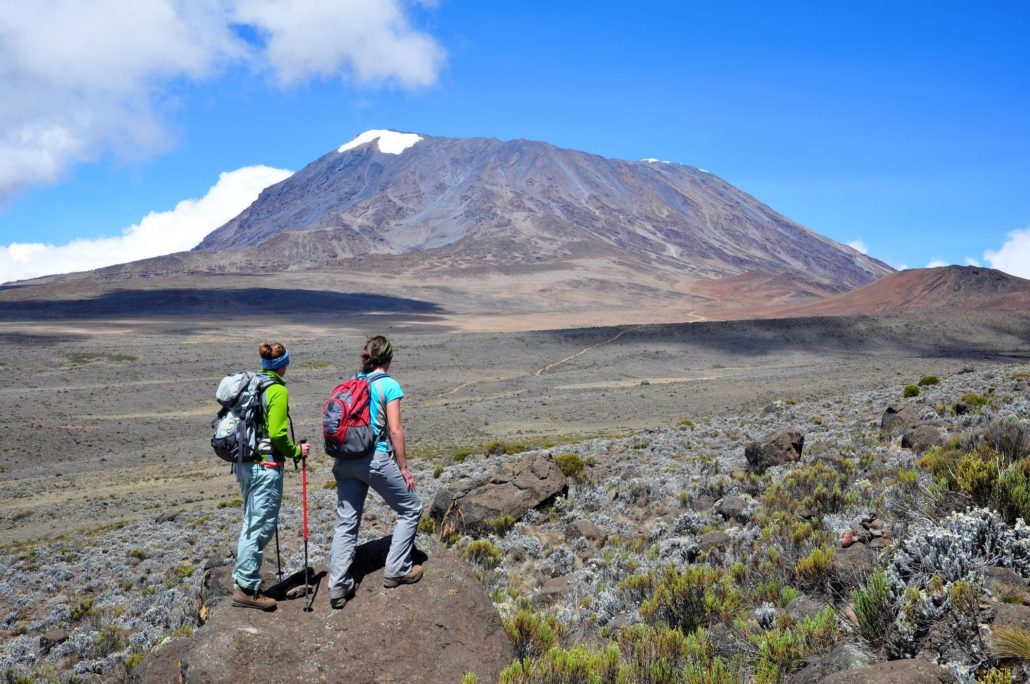
We regularly climb four of the main routes on Mount Kilimanjaro as one of the top tour companies there:
Our favored route up Mount Kilimanjaro is the Machame path, which takes seven days and provides superb scenery and acclimatization.
After the second camp (Shira Plateau), the Lemosho route and the Machame route are identical, however the Lemosho route allows for an additional day on the mountain.
Alternately, there is the less popular Rongai route, which descends the mountain from the north. It’s advantageous in the rainy season as well because it’s more protected.
Alternatively, we can offer climbs via the nine-day Northern Circuit route for those with a little more time.
In addition, we organize climbs for groups, walking organizations, and charities. For a private Kilimanjaro trek or to meet others who share your interests, get in touch with us. Along with itineraries, altitude profiles, gear lists, and images, the route sites below also include a variety of information sections to aid in your decision-making and preparation.
A number of climbs are also organized by us for groups, walking clubs, and charities. If you’re interested in a private Kilimanjaro trek or want to meet others who share your interests, join one of the open treks. Along with itineraries, altitude profiles, kit lists, and images, you’ll also discover a wealth of information pages on the route pages below that will assist you in making decisions and preparing.

Kilimanjaro Charity climb
We also plan a variety of climbs for organizations, walking clubs, and charities. Join one of the open treks if you want to meet others who share your interests or if you’re interested in a private Kilimanjaro trek. You’ll find a variety of information pages on the route pages below that will help you make decisions and prepare, along with itineraries, altitude profiles, kit lists, and photographs. To speak with someone who has traversed the mountain numerous times and can offer wise counsel, contact the office.
INFORMATION ABOUT KILIMANJARO
The highest mountain in the world and the highest free-standing mountain are both located in Tanzania, respectively. Kilimanjaro’s elevation of 5895 meters makes it a formidable challenge that shouldn’t be underestimated, but one that is completely doable for mountain hikers wishing to combine an African vacation with a high mountain adventure.
A climb up Kilimanjaro—whose name means “mountain of the springs”—offers the chance to see five diverse habitats from bottom to summit because to its exceptional location just below the equator. You may ascend Kilimanjaro in a matter of days, passing through grasslands, tropical rainforests, alpine meadows, moorlands, and desert uplands before reaching snow and ice.
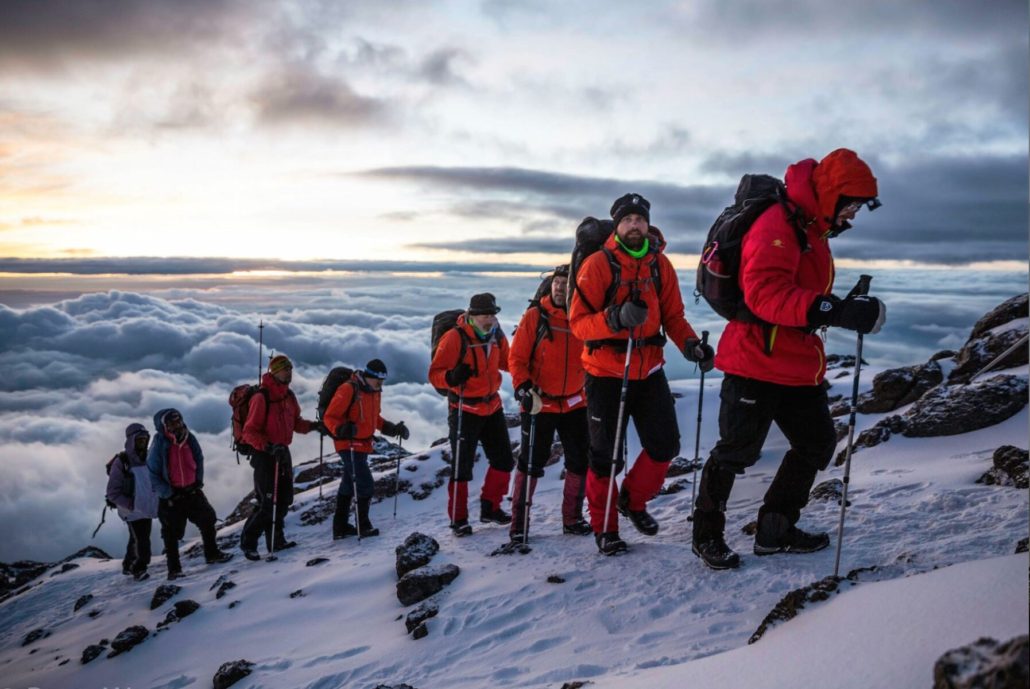
What to Wear on Kilimanjaro is one of the topics we are asked the most. It’s crucial that you review our Kilimanjaro Kit List, but rest assured that you don’t have to spend a bunch on gear since we rent sleeping bags, trekking poles, and a variety of other goods. You may discover information on Kilimanjaro Trip Preparation on this website’s more information page.
The walk is undoubtedly difficult and takes you to an extremely high height, but the pace must be gradual because of the altitude, which often surprises people but is necessary for a secure ascent. In general, we advise practicing by going on the hills with a backpack on for at least several months before to the trip. We have a page on preparation for Kilimanjaro.
However, our philosophy of taking a minimum of seven days helps you to acclimate well. People do get scared when they start to look at altitude and altitude sickness and what it can do to your health.
Kilimanjaro’s Fitness and altitude sickness.
The walk is undoubtedly difficult and takes you to an extremely high height, but the pace must be gradual because of the altitude, which often surprises people but is necessary for a secure ascent. In general, we advise practicing by going on the hills with a backpack on for at least several months before to the trip. We have a page on preparation for Kilimanjaro.
However, our philosophy of taking a minimum of seven days helps you to acclimate well. People do get scared when they start to look at altitude and altitude sickness and what it can do to your health.
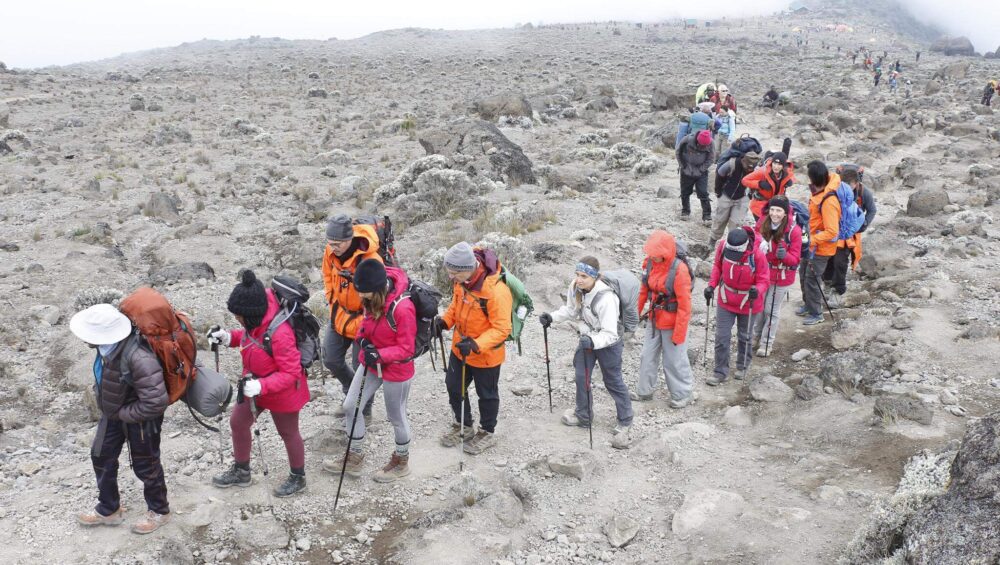
Best time to visit Mount Kilimanjaro.
With an average temperature of 22 degrees C in Moshi and peak temperatures of roughly – 7 degrees C, the two primary seasons are usually December to March and June to October. Rainfall typically occurs in April, May, and November, however in modern times, climate change has altered this pattern, making rainfall occasionally occur earlier or later. Since the northern side of the mountain is more protected from the rain, we continue our Rongai climbs during downpours.
A favorite time to climb Kilimanjaro is during a full moon or even a new moon. Since Kilimanjaro is located on the equator, summit night can be spent hiking in the light of a full silvery moon, negating the need for a headlamp, or beneath a full sky of both north and south constellations. In fact, from atop the summit, you can see both the Southern Cross and the North Star in the same sky. We advise offsetting your summit night if you wish to avoid the busier full moon nights. There is no question that on some nights, the summit route can be extremely congested as many people leave camp at once, initially causing a congestion. However, these groupings dispersed very rapidly.
How long does it take to climb mount climb Kilimanjaro?
Because it’s very risky to try to get to nearly 6000 meters in any less time, we have a policy of never doing tours for less than seven days. Probability will always dictate that some people may have altitude sickness, but generally speaking, those individuals experience greater discomfort and risk to their health. Taking at least seven days to relax and enjoy the experience is better and much more enjoyable. The best excursions are those that last eight days.
The cost of a permit to climb Kilimanjaro now is over $100.00 a day, therefore there is an incentive to make the ascent as quickly as possible. If you had more time, you could get used to the altitude on Mount Meru or even Mount Kenya, but most people fly into Moshi Airport and climb Kilimanjaro right away. All of the major guiding associations, including the UIAA, advise a minimum of seven days. Our experience over many years indicates that the success rate for a seven-day journey is roughly 95%.
Kilimanjaro can be climbed in ten days if you include travel days and the first rest day. To finish up with a two week vacation that may be divided into two weekends, most tourists choose a quick four day safari to Ngorongoro Crater and two additional parks.
What is the weather like in Kilimanjaro?
Early days should be warm (18–20 degrees Celsius), days further up should be cooler (about 14 degrees C), and summit day should be extremely cold (minus 5 with a windchill of –15 degrees C). The temperature on the mountain doesn’t vary greatly from season to season, therefore it stays rather constant all year. The altitude and the time of day, however, affect temperature.
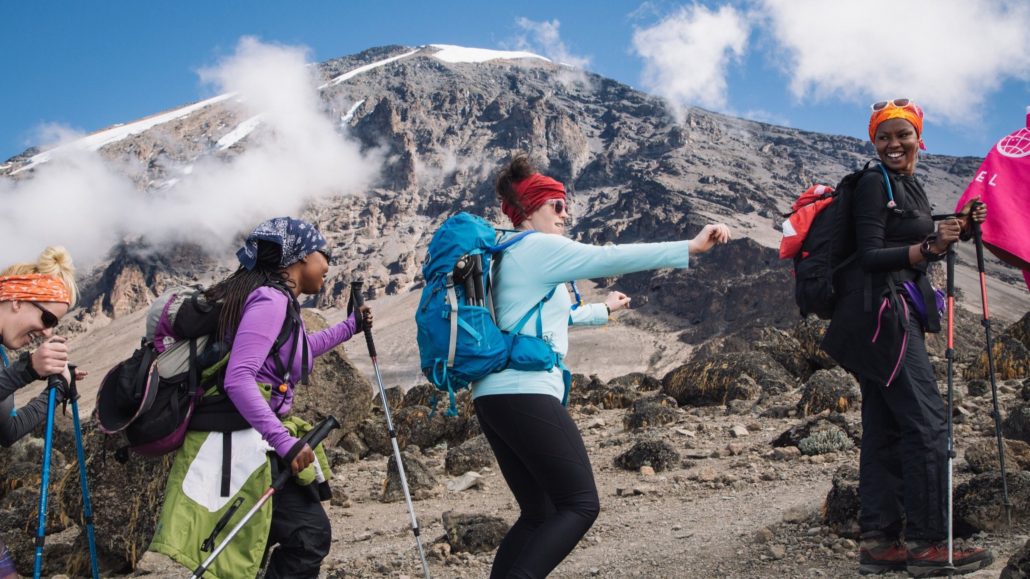
In addition, keep in mind that the intensity of the sun at altitude makes it crucial to protect your skin and eyes because it can be wet and cold, hot and dry, and sunny all in one day. Around the base, there is a warm, humid rainforest (also known as a cloud forest or montane at this level), a drier, cooler alpine desert, and the arctic region, which is, of course, extremely cold with snow and strong winds.
High mountains can produce their own microclimates, or regions where the weather is different from the dominant or main climate. This is a typical aspect of Kilimanjaro; it contains a variety of micro-climates, ranging from warm at the base to arctic at the summit. These micro-climates are influenced by the movement of air masses over Kilimanjaro, which results in wet (or snowy) weather on one side and a dry, clear climate on the other. Rongai is dryer than Machame, which lies on the wetter side.
What level of experience do I need to climb Mount Kilimanjaro?
Despite not being particularly technical, Kilimanjaro offers a complete mountaineering experience. Since this is a supported climb, hill walking experience is advantageous but not necessarily necessary. However, as you’ll be spending most of your time outside and in a tent, any prior camping experience would be helpful. A good level of preparation is also anticipated, particularly for the thighs and calves.
There is nowhere in the United Kingdom or Ireland to possible train for climbing Kilimanjaro, and it is not required to have any expertise with high altitude. The key will be to move gently, give your metabolism time to adjust to the lower air pressure and the thinner air, and always be mindful of your altitude health.
The most memorable parts of this trek for most people are those pitch-black hours during summit night when it appears like there are endless hours ahead of you and the mountain’s enormous, ominous bulk never seems to shrink. In this regard, experience can take a back seat to only the core will power and collaborative spirit to summit. This is really where character and teamwork come into play. It is unavoidably a very personal experience to dig deep inside oneself at almost 5000 meters and push onwards and upwards, which is why many individuals find this process to be rather transforming. These are the kinds of life-altering moments.
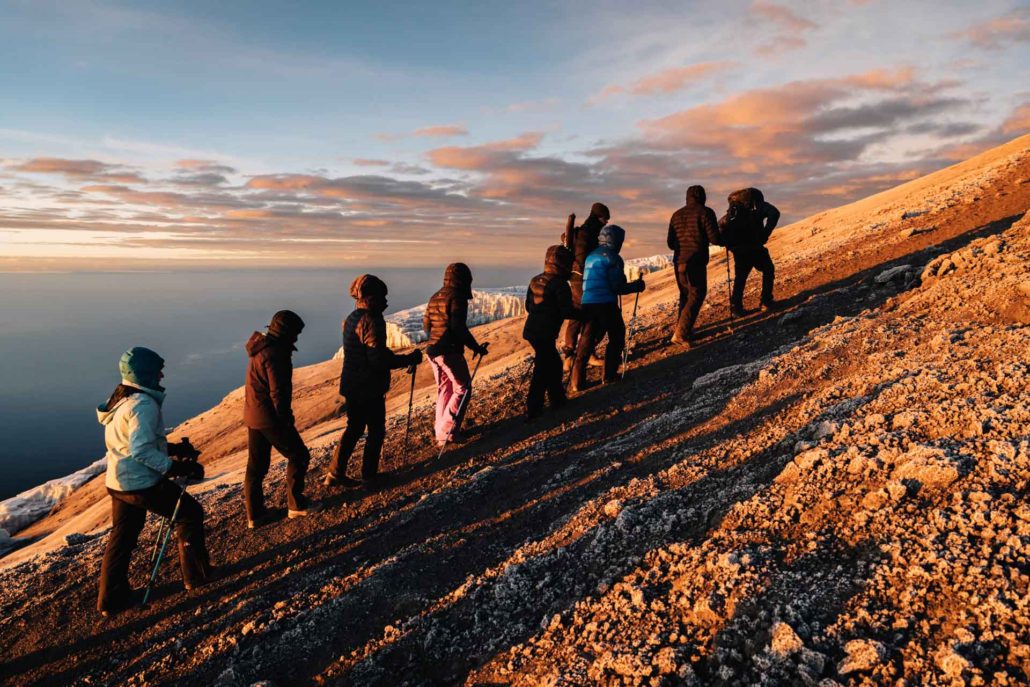
What is the level of difficultly in climbing Kilimanjaro?
On Kilimanjaro, the landscape changes over the course of seven or eight days, and the difficulty of the days fluctuates as well. You are climbing the mountain over a distance of around 38 miles, rising from 2000 meters to 5895 meters before descending. Along the way, you will pass through farmed farmland, equatorial forest, alpine heath, a lunar-like volcanic desert, and a glaciated summit. There are no treacherous drops along the way, no rock climbing or specialized equipment is required, but it is still quite high! Additionally, your body will tire due to the weather and temperature variations.
The path consists primarily of scree, loose rock, dust, and isolated sections of ice and snow on summit day. One of the reasons we climb at night is because the ground is hard and relatively easy. However, when the sun rises, the terrain becomes loose and slippery, which is especially dangerous on the way down when your knees will likely hurt. A summit night involves starting at midnight, climbing roughly 1300 meters to the peak in time for dawn, and then returning in one day to the forest line. Most people are quite worn out, but they are also thrilled with the experience and the enormity of the challenge. There is no denying that it is a difficult day if you have ascended in the chilly conditions with wind and snow. Additionally, it is comparable in height to Camp 1 on Mount Everest at slightly under 6000 meters.
What is the cost for climbing Kilimanjaro.
Each route provides a detailed list of Kilimanjaro trip inclusions and exclusions, however on average, a fully guided trip on the Machame route costs about 2000 GBP. Due of the longer travel time to the gate, some routes are slightly more expensive.
You also require a trip to the Kilimanjaro airport in Tanzania, which is close to Arusha, as well as personal expenses like food in Moshi, kit rental, and tips. You can get a visa upon arrival.
Your own personal clothing and sleeping bag must be brought, although we have a store where you may rent the majority of products. There are several items available, including sleeping bags, poles, waterproofs, flasks, and duffel bags.
A Kilimanjaro climb will cost about 23000 GBP in total.
What sort of support will you get when climbing Kilimanjaro?
Your main bag, together with all the tents, kitchen supplies, food, fuel, tables, and chairs, will be carried by the crew. They will take care of all the group’s requirements, cooking delectable meals, and erecting the tents. The guides will also give you daily climbing updates and will help you get to the top and back down.
